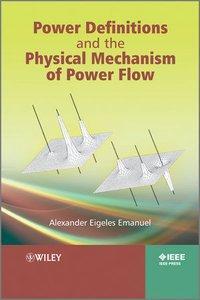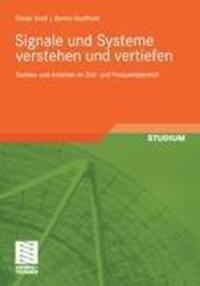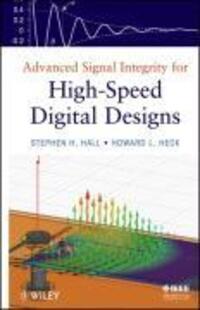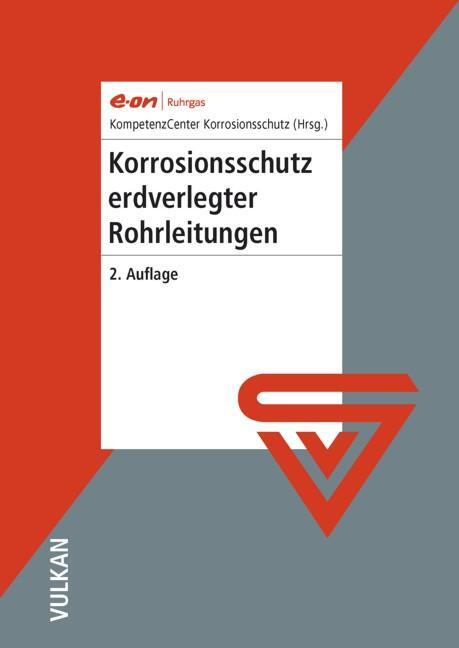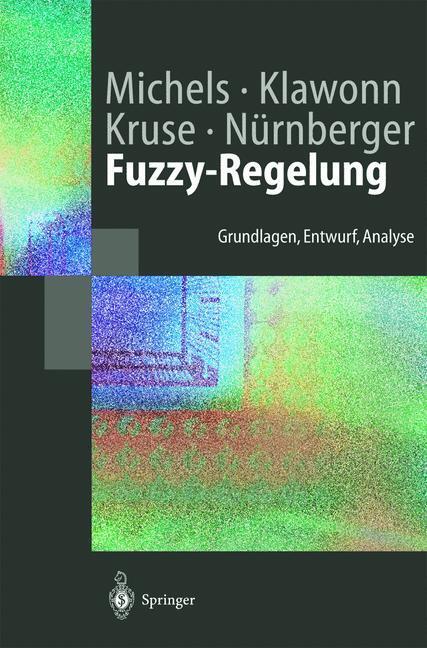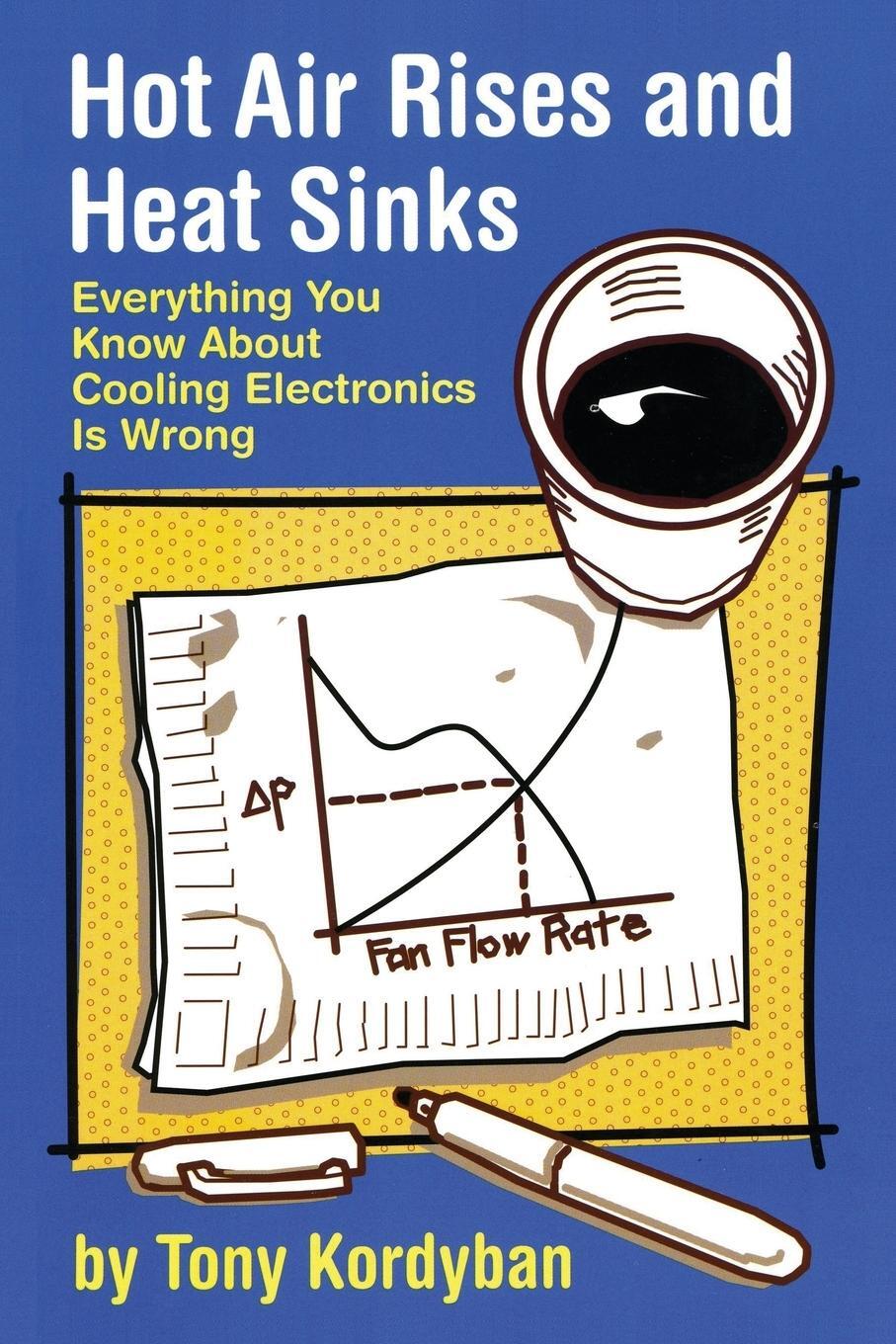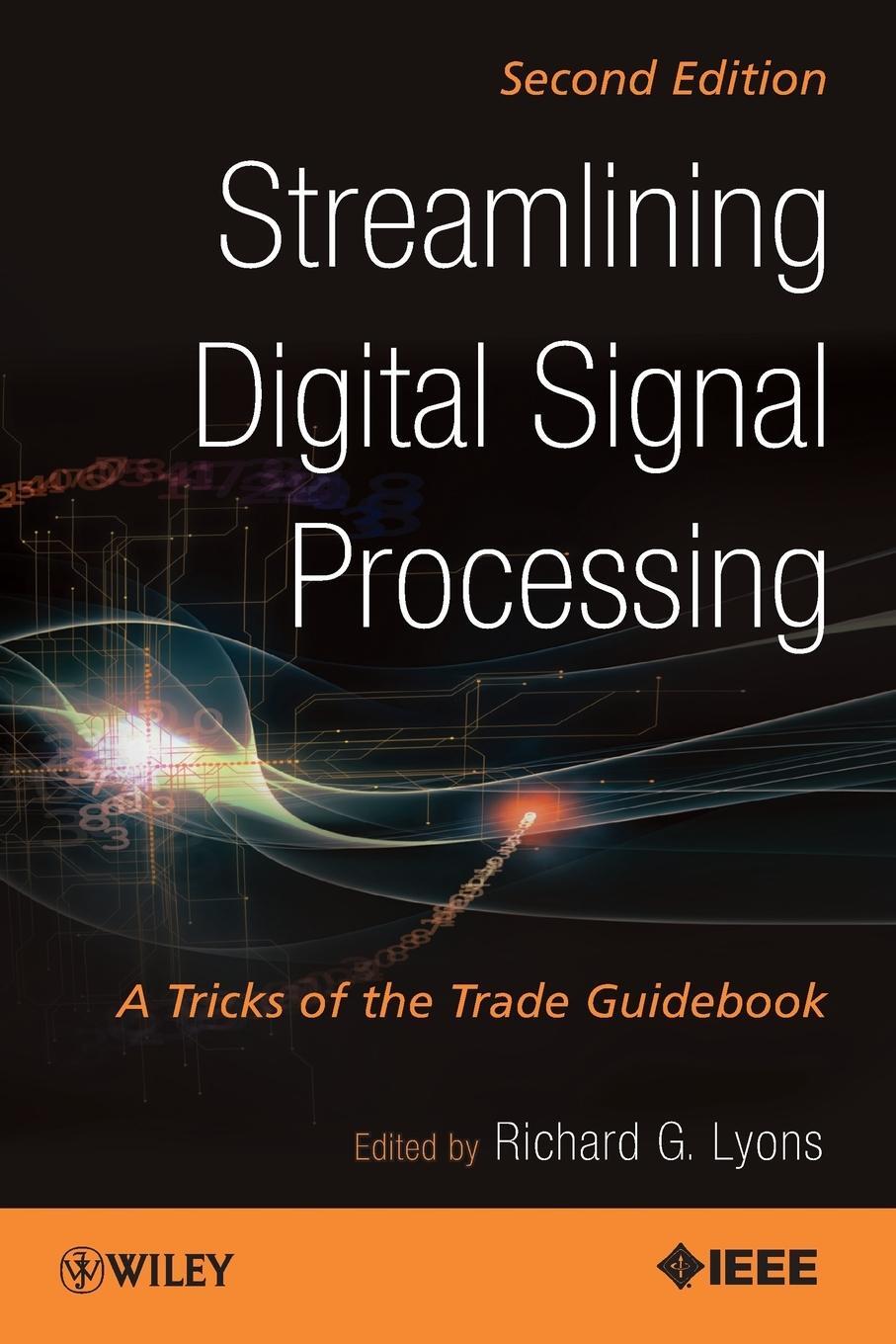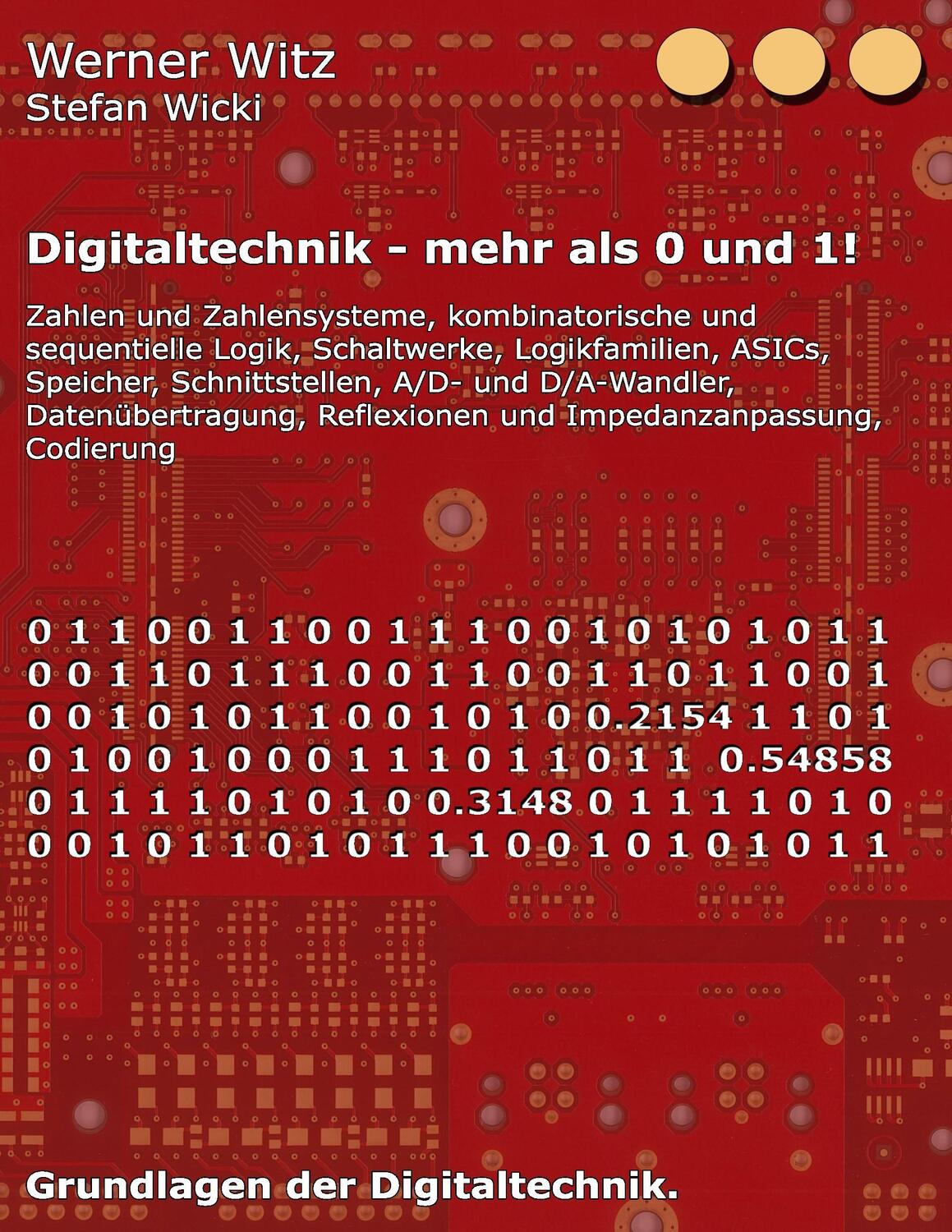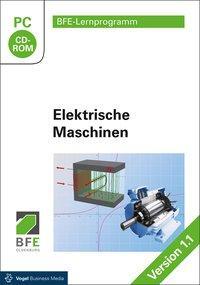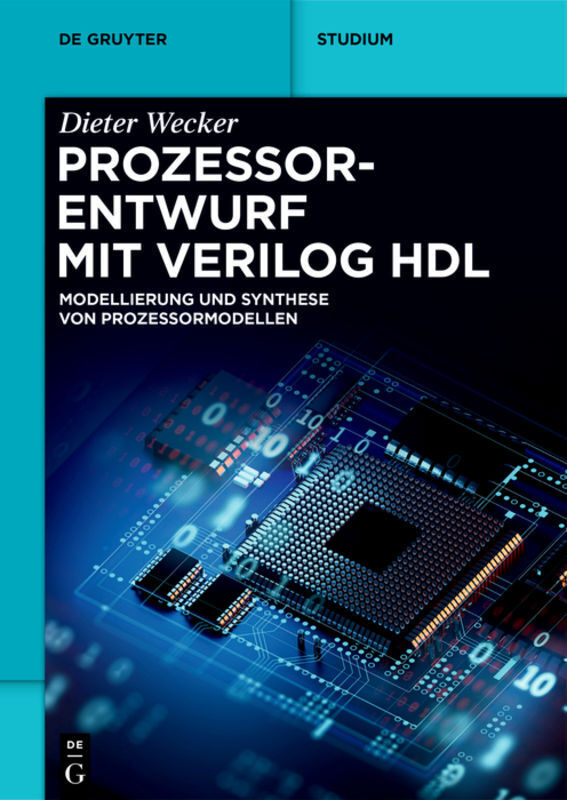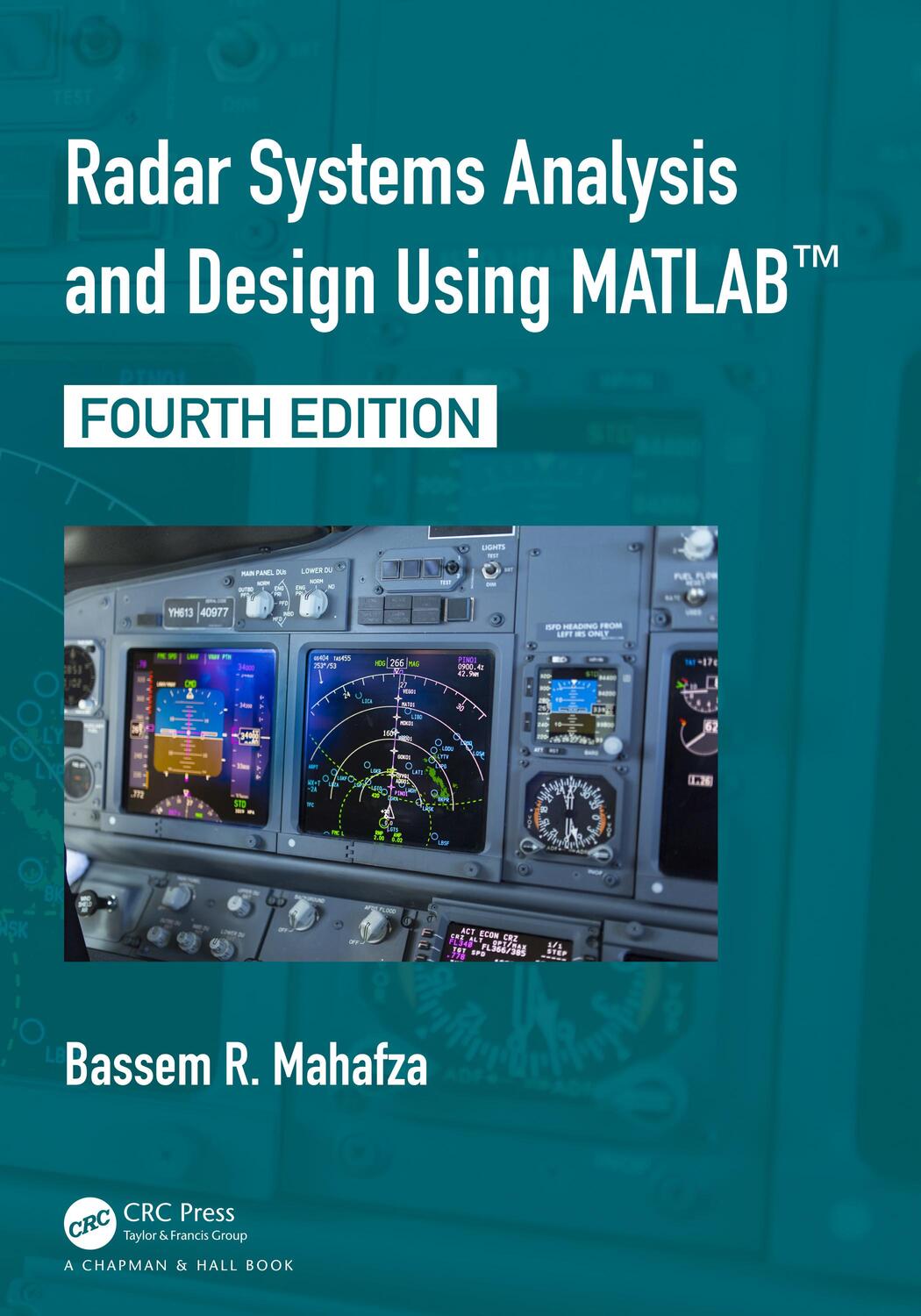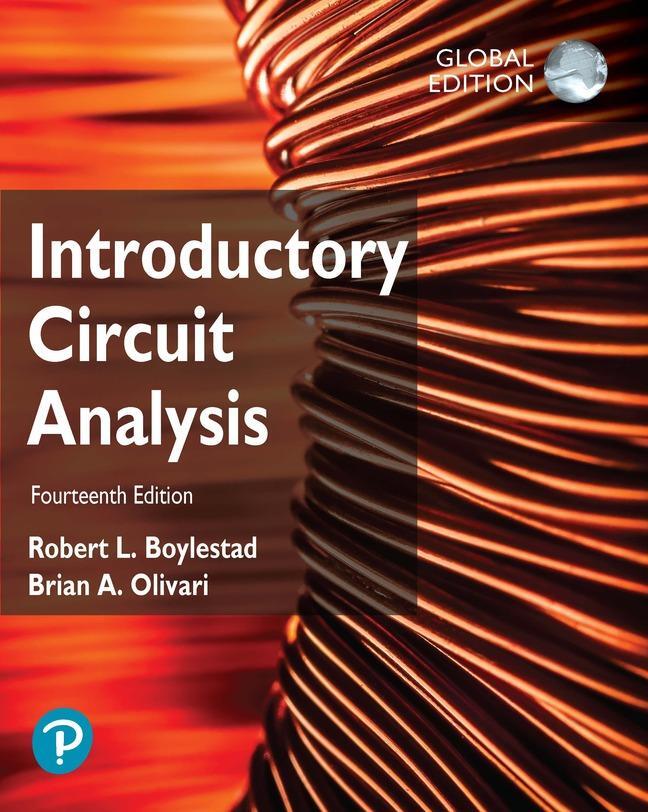Dekorationsartikel gehören nicht zum Leistungsumfang.
Sprache:
Englisch
115,50 €*
Versandkostenfrei per Post / DHL
Aktuell nicht verfügbar
Kategorien:
Beschreibung
Professor Emanuel uses clear presentation to compare and facilitate understanding of two seminal standards, The IEEE Std. 1459 and The DIN 40110-2:2002-11. Through critical analysis of the most important and recent theories and review of basic concepts, a highly accessible guide to the essence of the standards is presented.
Key features:
* Explains the physical mechanism of energy flow under different conditions: single- and three-phase, sinusoidal and nonsinusoidal, balanced and unbalanced systems
* Starts at an elementary level and becomes more complex, with six core chapters and six appendices to clarify the mathematical aspects
* Discusses and recommends power definitions that played a significant historical role in paving the road for the two standards
* Provides a number of original unsolved problems at the end of each chapter
* Introduces a new nonactive power; the Randomness power.
Power Definitions and the Physical Mechanism of Power Flow is useful for electrical engineers and consultants involved in energy and power quality. It is also helpful to engineers dealing with energy flow quantification, design and manufacturing of metering instrumentation; consultants working with regulations related to renewable energy courses and the smart grid; and electric utility planning and operation engineers dealing with energy bill structure. The text is also relevant to university researchers, professors, and advanced students in power systems, power quality and energy related courses.
Key features:
* Explains the physical mechanism of energy flow under different conditions: single- and three-phase, sinusoidal and nonsinusoidal, balanced and unbalanced systems
* Starts at an elementary level and becomes more complex, with six core chapters and six appendices to clarify the mathematical aspects
* Discusses and recommends power definitions that played a significant historical role in paving the road for the two standards
* Provides a number of original unsolved problems at the end of each chapter
* Introduces a new nonactive power; the Randomness power.
Power Definitions and the Physical Mechanism of Power Flow is useful for electrical engineers and consultants involved in energy and power quality. It is also helpful to engineers dealing with energy flow quantification, design and manufacturing of metering instrumentation; consultants working with regulations related to renewable energy courses and the smart grid; and electric utility planning and operation engineers dealing with energy bill structure. The text is also relevant to university researchers, professors, and advanced students in power systems, power quality and energy related courses.
Professor Emanuel uses clear presentation to compare and facilitate understanding of two seminal standards, The IEEE Std. 1459 and The DIN 40110-2:2002-11. Through critical analysis of the most important and recent theories and review of basic concepts, a highly accessible guide to the essence of the standards is presented.
Key features:
* Explains the physical mechanism of energy flow under different conditions: single- and three-phase, sinusoidal and nonsinusoidal, balanced and unbalanced systems
* Starts at an elementary level and becomes more complex, with six core chapters and six appendices to clarify the mathematical aspects
* Discusses and recommends power definitions that played a significant historical role in paving the road for the two standards
* Provides a number of original unsolved problems at the end of each chapter
* Introduces a new nonactive power; the Randomness power.
Power Definitions and the Physical Mechanism of Power Flow is useful for electrical engineers and consultants involved in energy and power quality. It is also helpful to engineers dealing with energy flow quantification, design and manufacturing of metering instrumentation; consultants working with regulations related to renewable energy courses and the smart grid; and electric utility planning and operation engineers dealing with energy bill structure. The text is also relevant to university researchers, professors, and advanced students in power systems, power quality and energy related courses.
Key features:
* Explains the physical mechanism of energy flow under different conditions: single- and three-phase, sinusoidal and nonsinusoidal, balanced and unbalanced systems
* Starts at an elementary level and becomes more complex, with six core chapters and six appendices to clarify the mathematical aspects
* Discusses and recommends power definitions that played a significant historical role in paving the road for the two standards
* Provides a number of original unsolved problems at the end of each chapter
* Introduces a new nonactive power; the Randomness power.
Power Definitions and the Physical Mechanism of Power Flow is useful for electrical engineers and consultants involved in energy and power quality. It is also helpful to engineers dealing with energy flow quantification, design and manufacturing of metering instrumentation; consultants working with regulations related to renewable energy courses and the smart grid; and electric utility planning and operation engineers dealing with energy bill structure. The text is also relevant to university researchers, professors, and advanced students in power systems, power quality and energy related courses.
Über den Autor
Professor Alexander Eigeles Emanuel, Electrical and Computer Engineering, Worcester Polytechnic Institute, USA
Professor Emanuel has been working in the power field for around 45 years and he is currently Chairman of the Working Group that is responsible for the IEEE Std. 1459-2000. Founder of the International Conference on Harmonics and Power Quality, much of his groundbreaking work focuses on the effects of voltage and current waveform distortions on electrical systems.
After holding engineering posts in Israel and Romania, Professor Emanuel joined Worcester Polytechnic Institute in 1974. In 2008 he received the Chairman's Exemplary Faculty Prize from the institute, awarded for outstanding teaching and research. Besides this, he has also won the Board of Trustee's award, the 1998 R.H. Lee award from the IEEE Industry Applicationns Society, and many others including the Power Systems Instrumentation and Measurement Award. An IEEE Life Fellow, Professor Emanuel has been published in over 200 journal articals and recently contributed to Paulo Ribeiro's book Time-Varying Waveform Distortions in Power Systems, published by Wiley in 2009.
Professor Emanuel has been working in the power field for around 45 years and he is currently Chairman of the Working Group that is responsible for the IEEE Std. 1459-2000. Founder of the International Conference on Harmonics and Power Quality, much of his groundbreaking work focuses on the effects of voltage and current waveform distortions on electrical systems.
After holding engineering posts in Israel and Romania, Professor Emanuel joined Worcester Polytechnic Institute in 1974. In 2008 he received the Chairman's Exemplary Faculty Prize from the institute, awarded for outstanding teaching and research. Besides this, he has also won the Board of Trustee's award, the 1998 R.H. Lee award from the IEEE Industry Applicationns Society, and many others including the Power Systems Instrumentation and Measurement Award. An IEEE Life Fellow, Professor Emanuel has been published in over 200 journal articals and recently contributed to Paulo Ribeiro's book Time-Varying Waveform Distortions in Power Systems, published by Wiley in 2009.
Inhaltsverzeichnis
Preface.
1 Electric Energy Flow: Physical Mechanisms.
1.1 Problems.
1.2 References.
2 Single-Phase SystemsWith Sinusoidal Waveforms.
2.1 The Resistance.
2.2 The Inductance.
2.3 The Capacitance.
2.4 The R - L - C Loads.
2.5 The Apparent Power.
2.6 The Concept of Power Factor and Power Factor Correction.
2.7 Comments on Power Factor.
2.8 Other Means of Reactive Power Control and Compensation.
2.9 Series Compensation.
2.10 Reactive Power Caused by Mechanical Components that Store Energy.
2.11 Physical Interpretation of Instantaneous Powers by Means of Poynting Vector.
2.12 Problems.
2.13 References.
3 Single-Phase Systems with Nonsinusoidal Waveforms.
3.1 The Linear Resistance.
3.2 The Linear Inductance.
3.3 The Linear Capacitance.
3.4 The Linear Series R - L - C Circuit.
3.5 The Nonlinear Resistance.
3.6 The Nonlinear Inductance
3.7 Nonlinear Load: The General Case.
3.8 Problems.
3.9 References.
4 Apparent Power Resolution for Nonsinusoidal Single-Phase Systems.
4.1 Constantin I. Budeanu's Method.
4.2 Stanislaw Fryze's Method.
4.3 Manfred Depenbrock's Method.
4.4 Leszek Czarnecki's Method.
4.5 The Author's Method.
4.6 Comparison Among the Methods.
4.7 Power Factor Compensation.
4.8 Comments on Skin Effect, Apparent Power and Power Factor.
4.9 The Additiveness Problem.
4.10 Problems.
4.11 References.
5 Three-Phase Systems with Sinusoidal Waveforms.
5.1 Background: The Balanced and Symmetrical System.
5.2 The Three-Phase Unbalanced System.
5.3 The Power Factor Dilemma.
5.4 Powers and Symmetrical Components.
5.5 Effective Apparent Power Resolutions.
5.6 Problems.
5.7 References.
6 Three-Phase Nonsinusoidal and Unbalanced Conditions.
6.1 The Vector Apparent Power Approach.
6.2 The IEEE standard 1459 - 2000's Approach.
6.3 The DIN 40110's Approach.
6.4 Observations and Suggestions.
6.5 Problems.
6.6 References.
7 Power Definitions for Time-Varying Loads.
7.1 Background: Basic Example.
7.2 Single-Phase, Sinusoidal Case.
7.3 Single-Phase, Nonsinusoidal Case.
7.4 Three-Phase Sinusoidal and Unbalanced Condition.
7.5 Three-Phase Systems with Nonsinusoidal and Unbalanced Condition.
7.6 Problems.
7.7 References.
8 Appendices.
8.1 Appendix I: The Electrostatic Field Distribution in a Coaxial Cable.
8.2 Appendix II: Poynting Vector due to Displacement Current.
8.3 Appendix III: Electric Field Caused by a Time-VaryingMagnetic Field.
8.4 Appendix IV: The ElectromagneticWave Along the Three-Phase Line.
8.5 Appendix V: Equation (5.99).
8.6 Appendix VI: Maximum Active Power (Three-Phase, Four-Wire System).
8.7 Appendix VII: About the Ratio Á = Rs/Rn.
8.8 Appendix VIII: The use of varmeters in the presence of nonsinusoidal and asymmetrical voltages and currents.
8.9 References.
1 Electric Energy Flow: Physical Mechanisms.
1.1 Problems.
1.2 References.
2 Single-Phase SystemsWith Sinusoidal Waveforms.
2.1 The Resistance.
2.2 The Inductance.
2.3 The Capacitance.
2.4 The R - L - C Loads.
2.5 The Apparent Power.
2.6 The Concept of Power Factor and Power Factor Correction.
2.7 Comments on Power Factor.
2.8 Other Means of Reactive Power Control and Compensation.
2.9 Series Compensation.
2.10 Reactive Power Caused by Mechanical Components that Store Energy.
2.11 Physical Interpretation of Instantaneous Powers by Means of Poynting Vector.
2.12 Problems.
2.13 References.
3 Single-Phase Systems with Nonsinusoidal Waveforms.
3.1 The Linear Resistance.
3.2 The Linear Inductance.
3.3 The Linear Capacitance.
3.4 The Linear Series R - L - C Circuit.
3.5 The Nonlinear Resistance.
3.6 The Nonlinear Inductance
3.7 Nonlinear Load: The General Case.
3.8 Problems.
3.9 References.
4 Apparent Power Resolution for Nonsinusoidal Single-Phase Systems.
4.1 Constantin I. Budeanu's Method.
4.2 Stanislaw Fryze's Method.
4.3 Manfred Depenbrock's Method.
4.4 Leszek Czarnecki's Method.
4.5 The Author's Method.
4.6 Comparison Among the Methods.
4.7 Power Factor Compensation.
4.8 Comments on Skin Effect, Apparent Power and Power Factor.
4.9 The Additiveness Problem.
4.10 Problems.
4.11 References.
5 Three-Phase Systems with Sinusoidal Waveforms.
5.1 Background: The Balanced and Symmetrical System.
5.2 The Three-Phase Unbalanced System.
5.3 The Power Factor Dilemma.
5.4 Powers and Symmetrical Components.
5.5 Effective Apparent Power Resolutions.
5.6 Problems.
5.7 References.
6 Three-Phase Nonsinusoidal and Unbalanced Conditions.
6.1 The Vector Apparent Power Approach.
6.2 The IEEE standard 1459 - 2000's Approach.
6.3 The DIN 40110's Approach.
6.4 Observations and Suggestions.
6.5 Problems.
6.6 References.
7 Power Definitions for Time-Varying Loads.
7.1 Background: Basic Example.
7.2 Single-Phase, Sinusoidal Case.
7.3 Single-Phase, Nonsinusoidal Case.
7.4 Three-Phase Sinusoidal and Unbalanced Condition.
7.5 Three-Phase Systems with Nonsinusoidal and Unbalanced Condition.
7.6 Problems.
7.7 References.
8 Appendices.
8.1 Appendix I: The Electrostatic Field Distribution in a Coaxial Cable.
8.2 Appendix II: Poynting Vector due to Displacement Current.
8.3 Appendix III: Electric Field Caused by a Time-VaryingMagnetic Field.
8.4 Appendix IV: The ElectromagneticWave Along the Three-Phase Line.
8.5 Appendix V: Equation (5.99).
8.6 Appendix VI: Maximum Active Power (Three-Phase, Four-Wire System).
8.7 Appendix VII: About the Ratio Á = Rs/Rn.
8.8 Appendix VIII: The use of varmeters in the presence of nonsinusoidal and asymmetrical voltages and currents.
8.9 References.
Details
| Erscheinungsjahr: | 2010 |
|---|---|
| Fachbereich: | Nachrichtentechnik |
| Genre: | Technik |
| Rubrik: | Naturwissenschaften & Technik |
| Medium: | Buch |
| Seiten: | 280 |
| Inhalt: | 280 S. |
| ISBN-13: | 9780470660744 |
| ISBN-10: | 0470660740 |
| Sprache: | Englisch |
| Einband: | Gebunden |
| Autor: | Emanuel, Alexander Eigeles |
| Hersteller: |
Wiley
John Wiley & Sons |
| Maße: | 249 x 173 x 20 mm |
| Von/Mit: | Alexander Eigeles Emanuel |
| Erscheinungsdatum: | 27.09.2010 |
| Gewicht: | 0,64 kg |
Über den Autor
Professor Alexander Eigeles Emanuel, Electrical and Computer Engineering, Worcester Polytechnic Institute, USA
Professor Emanuel has been working in the power field for around 45 years and he is currently Chairman of the Working Group that is responsible for the IEEE Std. 1459-2000. Founder of the International Conference on Harmonics and Power Quality, much of his groundbreaking work focuses on the effects of voltage and current waveform distortions on electrical systems.
After holding engineering posts in Israel and Romania, Professor Emanuel joined Worcester Polytechnic Institute in 1974. In 2008 he received the Chairman's Exemplary Faculty Prize from the institute, awarded for outstanding teaching and research. Besides this, he has also won the Board of Trustee's award, the 1998 R.H. Lee award from the IEEE Industry Applicationns Society, and many others including the Power Systems Instrumentation and Measurement Award. An IEEE Life Fellow, Professor Emanuel has been published in over 200 journal articals and recently contributed to Paulo Ribeiro's book Time-Varying Waveform Distortions in Power Systems, published by Wiley in 2009.
Professor Emanuel has been working in the power field for around 45 years and he is currently Chairman of the Working Group that is responsible for the IEEE Std. 1459-2000. Founder of the International Conference on Harmonics and Power Quality, much of his groundbreaking work focuses on the effects of voltage and current waveform distortions on electrical systems.
After holding engineering posts in Israel and Romania, Professor Emanuel joined Worcester Polytechnic Institute in 1974. In 2008 he received the Chairman's Exemplary Faculty Prize from the institute, awarded for outstanding teaching and research. Besides this, he has also won the Board of Trustee's award, the 1998 R.H. Lee award from the IEEE Industry Applicationns Society, and many others including the Power Systems Instrumentation and Measurement Award. An IEEE Life Fellow, Professor Emanuel has been published in over 200 journal articals and recently contributed to Paulo Ribeiro's book Time-Varying Waveform Distortions in Power Systems, published by Wiley in 2009.
Inhaltsverzeichnis
Preface.
1 Electric Energy Flow: Physical Mechanisms.
1.1 Problems.
1.2 References.
2 Single-Phase SystemsWith Sinusoidal Waveforms.
2.1 The Resistance.
2.2 The Inductance.
2.3 The Capacitance.
2.4 The R - L - C Loads.
2.5 The Apparent Power.
2.6 The Concept of Power Factor and Power Factor Correction.
2.7 Comments on Power Factor.
2.8 Other Means of Reactive Power Control and Compensation.
2.9 Series Compensation.
2.10 Reactive Power Caused by Mechanical Components that Store Energy.
2.11 Physical Interpretation of Instantaneous Powers by Means of Poynting Vector.
2.12 Problems.
2.13 References.
3 Single-Phase Systems with Nonsinusoidal Waveforms.
3.1 The Linear Resistance.
3.2 The Linear Inductance.
3.3 The Linear Capacitance.
3.4 The Linear Series R - L - C Circuit.
3.5 The Nonlinear Resistance.
3.6 The Nonlinear Inductance
3.7 Nonlinear Load: The General Case.
3.8 Problems.
3.9 References.
4 Apparent Power Resolution for Nonsinusoidal Single-Phase Systems.
4.1 Constantin I. Budeanu's Method.
4.2 Stanislaw Fryze's Method.
4.3 Manfred Depenbrock's Method.
4.4 Leszek Czarnecki's Method.
4.5 The Author's Method.
4.6 Comparison Among the Methods.
4.7 Power Factor Compensation.
4.8 Comments on Skin Effect, Apparent Power and Power Factor.
4.9 The Additiveness Problem.
4.10 Problems.
4.11 References.
5 Three-Phase Systems with Sinusoidal Waveforms.
5.1 Background: The Balanced and Symmetrical System.
5.2 The Three-Phase Unbalanced System.
5.3 The Power Factor Dilemma.
5.4 Powers and Symmetrical Components.
5.5 Effective Apparent Power Resolutions.
5.6 Problems.
5.7 References.
6 Three-Phase Nonsinusoidal and Unbalanced Conditions.
6.1 The Vector Apparent Power Approach.
6.2 The IEEE standard 1459 - 2000's Approach.
6.3 The DIN 40110's Approach.
6.4 Observations and Suggestions.
6.5 Problems.
6.6 References.
7 Power Definitions for Time-Varying Loads.
7.1 Background: Basic Example.
7.2 Single-Phase, Sinusoidal Case.
7.3 Single-Phase, Nonsinusoidal Case.
7.4 Three-Phase Sinusoidal and Unbalanced Condition.
7.5 Three-Phase Systems with Nonsinusoidal and Unbalanced Condition.
7.6 Problems.
7.7 References.
8 Appendices.
8.1 Appendix I: The Electrostatic Field Distribution in a Coaxial Cable.
8.2 Appendix II: Poynting Vector due to Displacement Current.
8.3 Appendix III: Electric Field Caused by a Time-VaryingMagnetic Field.
8.4 Appendix IV: The ElectromagneticWave Along the Three-Phase Line.
8.5 Appendix V: Equation (5.99).
8.6 Appendix VI: Maximum Active Power (Three-Phase, Four-Wire System).
8.7 Appendix VII: About the Ratio Á = Rs/Rn.
8.8 Appendix VIII: The use of varmeters in the presence of nonsinusoidal and asymmetrical voltages and currents.
8.9 References.
1 Electric Energy Flow: Physical Mechanisms.
1.1 Problems.
1.2 References.
2 Single-Phase SystemsWith Sinusoidal Waveforms.
2.1 The Resistance.
2.2 The Inductance.
2.3 The Capacitance.
2.4 The R - L - C Loads.
2.5 The Apparent Power.
2.6 The Concept of Power Factor and Power Factor Correction.
2.7 Comments on Power Factor.
2.8 Other Means of Reactive Power Control and Compensation.
2.9 Series Compensation.
2.10 Reactive Power Caused by Mechanical Components that Store Energy.
2.11 Physical Interpretation of Instantaneous Powers by Means of Poynting Vector.
2.12 Problems.
2.13 References.
3 Single-Phase Systems with Nonsinusoidal Waveforms.
3.1 The Linear Resistance.
3.2 The Linear Inductance.
3.3 The Linear Capacitance.
3.4 The Linear Series R - L - C Circuit.
3.5 The Nonlinear Resistance.
3.6 The Nonlinear Inductance
3.7 Nonlinear Load: The General Case.
3.8 Problems.
3.9 References.
4 Apparent Power Resolution for Nonsinusoidal Single-Phase Systems.
4.1 Constantin I. Budeanu's Method.
4.2 Stanislaw Fryze's Method.
4.3 Manfred Depenbrock's Method.
4.4 Leszek Czarnecki's Method.
4.5 The Author's Method.
4.6 Comparison Among the Methods.
4.7 Power Factor Compensation.
4.8 Comments on Skin Effect, Apparent Power and Power Factor.
4.9 The Additiveness Problem.
4.10 Problems.
4.11 References.
5 Three-Phase Systems with Sinusoidal Waveforms.
5.1 Background: The Balanced and Symmetrical System.
5.2 The Three-Phase Unbalanced System.
5.3 The Power Factor Dilemma.
5.4 Powers and Symmetrical Components.
5.5 Effective Apparent Power Resolutions.
5.6 Problems.
5.7 References.
6 Three-Phase Nonsinusoidal and Unbalanced Conditions.
6.1 The Vector Apparent Power Approach.
6.2 The IEEE standard 1459 - 2000's Approach.
6.3 The DIN 40110's Approach.
6.4 Observations and Suggestions.
6.5 Problems.
6.6 References.
7 Power Definitions for Time-Varying Loads.
7.1 Background: Basic Example.
7.2 Single-Phase, Sinusoidal Case.
7.3 Single-Phase, Nonsinusoidal Case.
7.4 Three-Phase Sinusoidal and Unbalanced Condition.
7.5 Three-Phase Systems with Nonsinusoidal and Unbalanced Condition.
7.6 Problems.
7.7 References.
8 Appendices.
8.1 Appendix I: The Electrostatic Field Distribution in a Coaxial Cable.
8.2 Appendix II: Poynting Vector due to Displacement Current.
8.3 Appendix III: Electric Field Caused by a Time-VaryingMagnetic Field.
8.4 Appendix IV: The ElectromagneticWave Along the Three-Phase Line.
8.5 Appendix V: Equation (5.99).
8.6 Appendix VI: Maximum Active Power (Three-Phase, Four-Wire System).
8.7 Appendix VII: About the Ratio Á = Rs/Rn.
8.8 Appendix VIII: The use of varmeters in the presence of nonsinusoidal and asymmetrical voltages and currents.
8.9 References.
Details
| Erscheinungsjahr: | 2010 |
|---|---|
| Fachbereich: | Nachrichtentechnik |
| Genre: | Technik |
| Rubrik: | Naturwissenschaften & Technik |
| Medium: | Buch |
| Seiten: | 280 |
| Inhalt: | 280 S. |
| ISBN-13: | 9780470660744 |
| ISBN-10: | 0470660740 |
| Sprache: | Englisch |
| Einband: | Gebunden |
| Autor: | Emanuel, Alexander Eigeles |
| Hersteller: |
Wiley
John Wiley & Sons |
| Maße: | 249 x 173 x 20 mm |
| Von/Mit: | Alexander Eigeles Emanuel |
| Erscheinungsdatum: | 27.09.2010 |
| Gewicht: | 0,64 kg |
Warnhinweis

